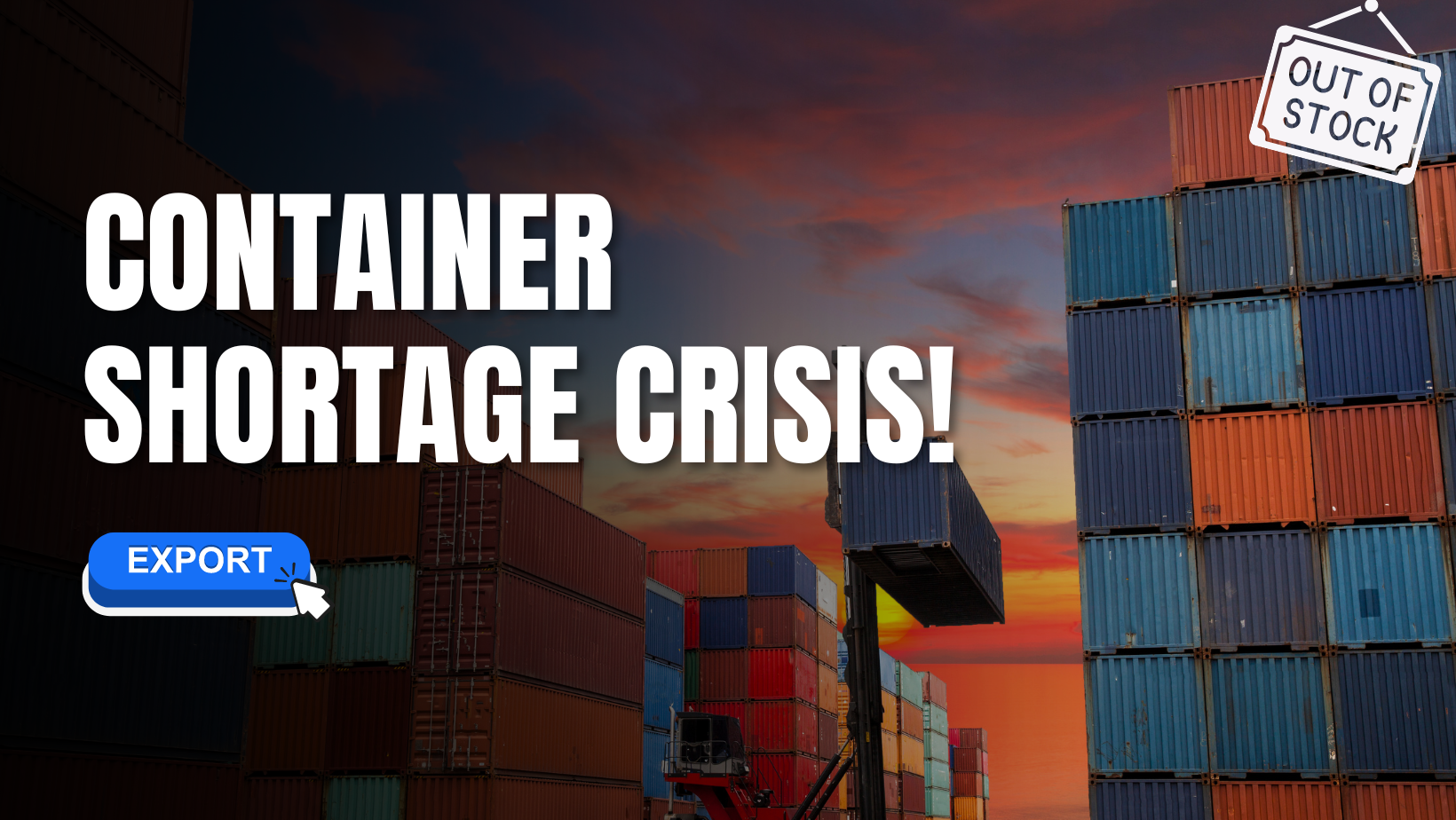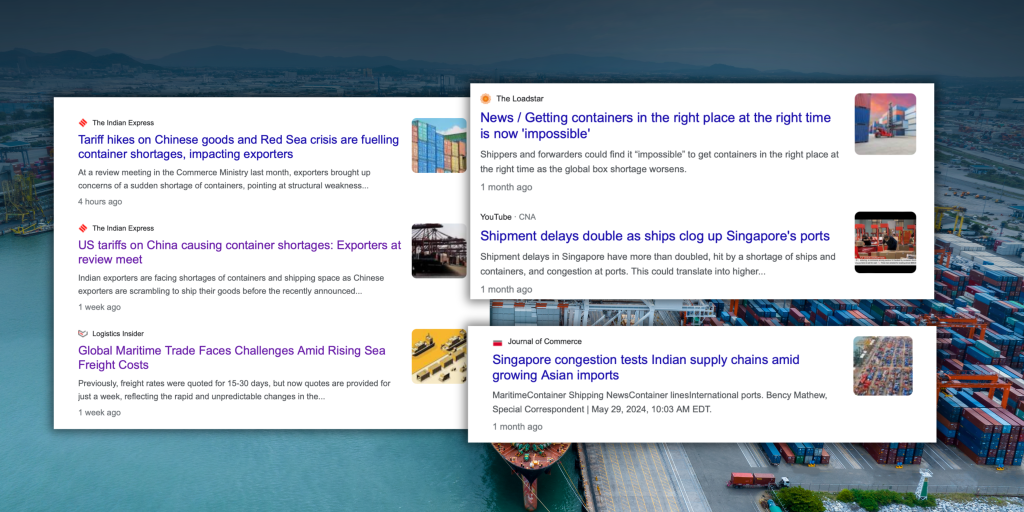
Indian exporters are experiencing significant container shortages and shipping space constraints as Chinese exporters race to ship their goods before the newly announced US tariffs on Chinese products take effect on August 1. This issue was highlighted during a review meeting chaired by Commerce Minister Piyush Goyal, attended by senior commerce ministry officials, key export promotion councils, and Union Minister of State for Commerce and Industry, Jitin Prasada.
The recent US tariff increase affects a range of Chinese imports, including electric vehicles, batteries, computer chips, and medical products. The import duties on Chinese electric vehicles have surged to over 100%, and the duty on semiconductors has been raised to 50%. This has prompted Chinese exporters to expedite their shipments, exacerbating the global container shortage.
Port Congestion and Freight Rates
The ripple effects of the container shortage are being felt across major Indian ports, such as Mundra, Nhava Sheva, and Vizag, with over 200,000 metric tons of cargo piling up.
Varun Goel, Vice President of the Indian Rice Exporter’s Federation, reported that confirmed booking release orders have been canceled since May, and container freight rates have skyrocketed.
For instance, rates from Nhava Sheva to Cotonou have surged from $1,200-$1,300 per TEU in early May to $4,000 per TEU currently.
Exporters raised concerns during the review meeting about congestion at several ports, citing the ongoing Red Sea crisis as a significant challenge. Reuters reported that global port congestion has reached an 18-month high, with 60% of ships waiting at anchor in Asia. Vessels are taking longer routes around Africa to avoid the Red Sea, where Yemen’s Houthi group has been attacking shipping since November last year.

Impact on the Rice Export Industry
The unprecedented rise in ocean freight rates has severely impacted India’s rice export industry. A Delhi-based exporter highlighted that the surge in rates has discouraged exporters from conducting business. Container versus breakbulk shipping methods are also shifting; previously, 50% of Indian rice exports were containerized, but now 90% of shipments use breakbulk due to the high container costs.
The Indian government’s restrictive trade policies have compounded the situation for rice exporters. Measures such as banning broken rice exports, imposing additional duties on non-basmati white rice, and setting a minimum export price for basmati rice have caused Indian rice exports to plummet by 19.8% in 2022-23, according to S&P Global Commodity Insights data.
Calls for Government Intervention
Various rice exporting associations have approached the Indian government to intervene and regulate ocean freight rates. They have urged the government to engage with shipping lines to negotiate reasonable and transparent freight rates, as the current crisis has rendered rice exporters uncompetitive.
Stable Rice Prices Amid Container Crisis
Despite the ongoing container crisis, Indian parboiled rice prices have remained stable. Platts, part of Commodity Insights, assessed Indian PB 5% STX at $539/mt on July 2, unchanged for the week. However, market participants foresee a potential decline in rice prices in the coming weeks due to the container scarcity, which could further squeeze the already narrow margins of many exporters.

Global Context and Future Outlook
India is the world’s largest rice exporter, with a forecast to ship 21.47 million metric tons in 2024, up 14% year-on-year. If realized, this would mark one of the highest shipment volumes ever for the country. However, if the container shortage persists, this forecast may need to be revised downward.
In conclusion, the combined challenges of container shortages, port congestion, and restrictive trade policies are creating a difficult environment for Indian exporters. As the global shipping landscape continues to evolve, exporters and the government must work together to find solutions that ensure the sustainability and competitiveness of India’s export sector.
To understand more, How indian exporters are tackling this situation, Click here – Indian Exporters Requests for National Shipping Line to Enhance Global Competitiveness
Check more of our Blogs & Do Follow us on Our Social Media channels to stay ahead in your rice business
